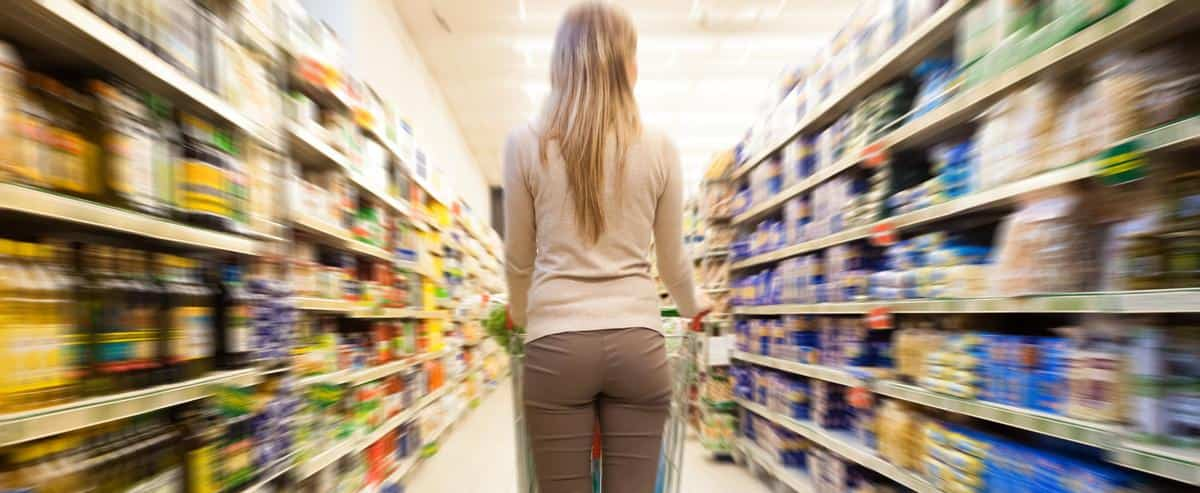With food prices increasing by more than 10%, we need to remain vigilant. Here are three things to look out for.
• Also read: Grocery store: how to thwart the plans and make big savings?
• Also read: End of grocery store price freeze: The cost of 1,500 products could rise
reduction
It’s been around for at least 30 years, but it’s gaining momentum due to rising raw material costs. Reduflation consists in raising prices without notice because the size of the product is reduced without warning the customer. The practice is mainly used by multinational companies, whether we think of Pepsi or Coke, General Mills or Kraft. The same pack of muesli will be 30 g lighter, or the jar of mayonnaise has lost 50 ml.
Recent examples include Barilla pasta, which has increased from 454g to 410g, and some brands of granola bars, which have gone from 6 to 5 units per box.
The practice is also spreading to restaurants, while in the United States Domino’s has reduced the number of chicken wings on its $7.99 specialty menus from 10 to 8.
EXAMPLE
Photo by Reddit, Seamore
Campbell raised prices at least three times last year, so much so that CEO Mark Clouse said it’s hurting soup sales to baby boomers. He also said the company tries to keep prices as reasonable as possible. Shortly after that last statement, a new Chunky Soup format appeared. The new can is larger than the previous one but contains 25 ml less.


Larger formats more expensive
Anything sold in bulk is bound to be cheaper than small packs, we think. Normal, because manufacturers like Kraft also say so. But it’s less and less true.
Be sure to look at the poster, where the price per 100 g (or per 100 ml) is given. Only in Quebec do retailers have to indicate the price per 100g. But “a better indication of these prices would improve the information communicated to consumers,” Option Consommateurs wrote in 2010.
That hasn’t changed much since then and it’s still just as difficult to identify the cheapest products by their packaging.
EXAMPLE
Photo from Sylvain Charlebois’ Twitter account
At this Quebec supermarket, the 11 oz package of Starbucks coffee currently sells for $8.99 compared to $26.99 for the 793 gram package. The large format therefore costs $3.40 per 100g compared to $2.64 per 100g for the small format.
bulk discount

Photo archive, Martin Alarie
Lorraine Rousel
Many Quebecers have told us they have been caught at least once. A product is displayed for $2.99 in the aisle, but as you approach it you notice that if you buy two or three of them, that is the price on offer. The product is sold individually and costs $3.99.
And often you have to get very close to read the fine print. “It’s like they’re punishing me for only wanting one,” laments Lorraine Roussel, a 78-year-old Montreal native.
If she doesn’t need the second item, she’s wasting it, the lady argues. Volume discounts are also a problem for low-income households.
“It’s almost discrimination,” argues Sylvain Charlebois, an expert in the food sector.
EXAMPLE
“Senior citizens have little appetite, a single person doesn’t need two cakes, two bricks of cheese, etc.,” says Lorraine Roussel. She notes that the volume discounts affect a range of products, from soft drinks (pictured) to more essential groceries like bread, cheese, pasta and sauces.
Do you have any information about this story that you would like to share with us?
Do you have a scoop that might be of interest to our readers?

